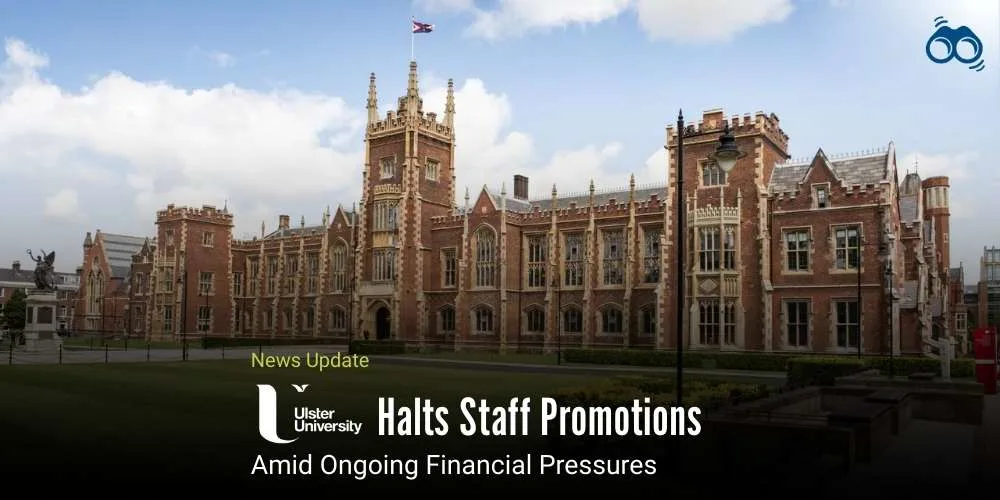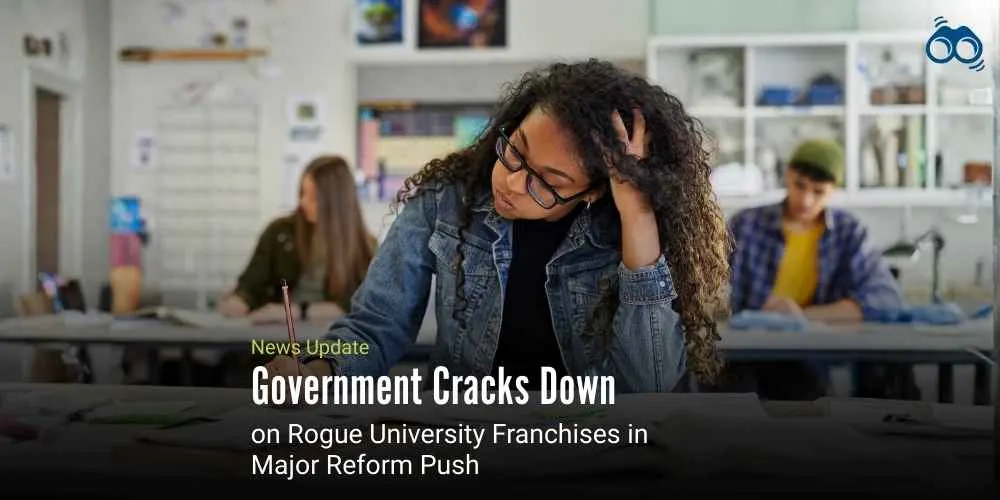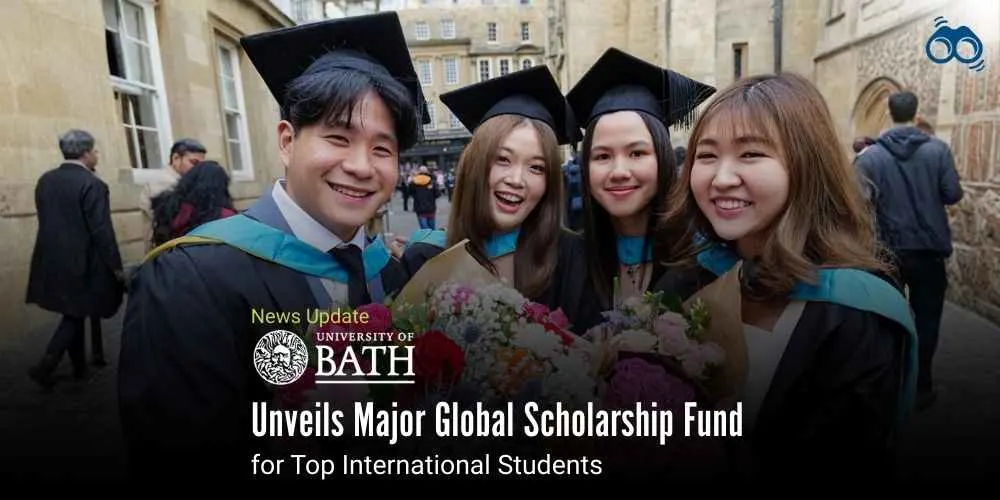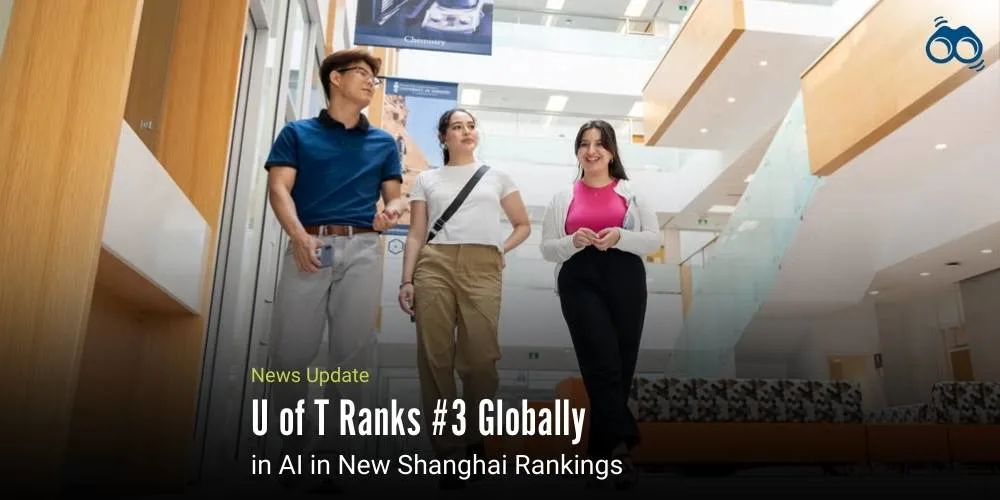University of Minnesota Twin Cities Charts Course for Next Era of Innovation
New Strategic Plan Sets Bold Direction for Minnesota’s Public University
Following nearly 170 years of academic innovation, research excellence, and engagement with the public, the University of Minnesota now establishes a bold new strategic vision to uphold its flagship public university status and support the state's future. In the commentary offered by President Rebecca Cunningham on the draft map presented to the University Board in October, she termed this a focused plan to harness the strengths of the institution and increase its contribution to education, health, and innovation. She stated that the University had always served as a lamp of guidance for Minnesota, and this revisioning of the strategy was meant to keep that lamp burning bright many generations into the future.
The strategy rests on five priorities: preparing students to be active and engaged in Minnesota, and the world; reinventing the teaching process through innovative and experiential education; engaging communities through knowledge-sharing in the arts, healthcare, and economy; leadership in environmentally sustainable solutions in environmental, human, and animal health; and investment in people, infrastructure, and operations to guarantee the University future as a world-class leader. Ryan Schmiesing, vice president for strategic initiatives, explains that the University of Minnesota Twin Cities is adopting a vision that reimagines what is possible and reaffirms its position as one of the premier state universities in the United States.
Work under these priorities is to build on the "one University, five campus" model, increase collaborations with Minnesota employers, drive science and technology research, including artificial intelligence, and reimagine the St. Paul campus. The University also seeks to expand the rural health workforce and create new learning models that match evolving student and societal needs. The new strategy arrives as the University continues to excel in domains such as water sustainability, geospatial mapping, the humanities, and partnership with Minnesota's Tribal Nations. The roadmap capitalises on shared efforts already in motion and captures the institution's commitment to inclusive growth and lasting impact.
Board Chair Doug Huebsch said the plan is meant for all Minnesotans, impacting every area of life, from water and food to healthcare and education. The University Board will consider voting on the roadmap at a later meeting. Aside from strategic presentation, the Board administered oaths to new Regents, discussed updates on exemplary teaching practices, endorsed the six-year capital plan and state funding request, approved collective bargaining agreements, and heard updates on healthcare strategy and the University's foundation report. Public comment is still accepted through the Virtual Forum of the Board, with the next meeting on 11–12 December.
Editor’s Note:
The University of Minnesota has officially unveiled a proactive and ambitious strategic blueprint for its future. This plan is not a mere collection of abstract goals, but rather a concrete and actionable commitment demonstrating the University's dedication to maintaining its leadership position. Most striking is the scope of this vision. It's not merely to make classrooms and research labs better. It's to educate students to lead, to build communities, and to tackle genuine problems in health, the environment, and the economy. The emphasis on experiential learning, science and technology, and collaboration with regional employers is evidence that the University knows what Minnesota requires and is prepared to do it. As a state university, the University of Minnesota has a mandate to serve all of the state. This plan does exactly that. From health in the rural areas to research on artificial intelligence, from arts to agriculture, it touches every region of Minnesota. And it's not just for today, it's framed to steer the University for decades to come.
Skoobuzz concludes that the University of Minnesota’s new strategic roadmap is more than a plan; it’s a statement of intent. It reflects a clear understanding of how education, research, and public service can come together to shape a stronger, more inclusive future. By focusing on real-world learning, community partnerships, and innovation in science and technology, the University is not only preparing for what lies ahead, it is actively shaping it. This vision sends a confident message to students, staff, and the wider public: the University is moving forward with purpose, and it’s bringing everyone along on the journey.
FAQs
1. What is the University of Minnesota’s new strategic roadmap?
The University of Minnesota has introduced a new strategic roadmap to guide its future growth and impact. This plan focuses on five key areas: preparing students to be active citizens, transforming learning through innovation, supporting communities in health and the arts, leading in sustainable solutions, and investing in staff, facilities, and operations. The roadmap aims to strengthen the University’s role as a top public institution and ensure long-term success across all five campuses.
2. How will the University of Minnesota improve public policy and education?
The University plans to improve public policy and education by sharing research with communities, expanding partnerships with local organisations, and supporting workforce development. It will also work closely with Minnesota’s Tribal Nations and rural areas to address health, education, and economic needs. These efforts are designed to make education more inclusive and responsive to public needs.
3. What new courses are included in the University of Minnesota’s strategic plan?
While specific new courses have not been listed, the strategic plan includes developing new learning frameworks and expanding programmes in areas like artificial intelligence, rural health, and sustainability. These updates are expected to lead to new modules and degree options that reflect emerging fields and student interests.
4. How is experiential learning part of the University of Minnesota’s future vision?
Experiential learning is a major part of the University’s plans. The roadmap supports hands-on learning through partnerships with employers, community projects, and real-world research. Students will have more opportunities to apply their knowledge outside the classroom, helping them gain practical skills and prepare for future careers.
5. What role does academic research play at the University of Minnesota?
Academic research is central to the University’s mission. The roadmap highlights research in areas such as water sustainability, health, spatial mapping, and the arts. The University also leads national and global studies, helping to solve real-world problems and improve public understanding. Research supports teaching, informs policy, and strengthens the University’s reputation as a leader in science and innovation.














0 Comments (Please Login To Continue)